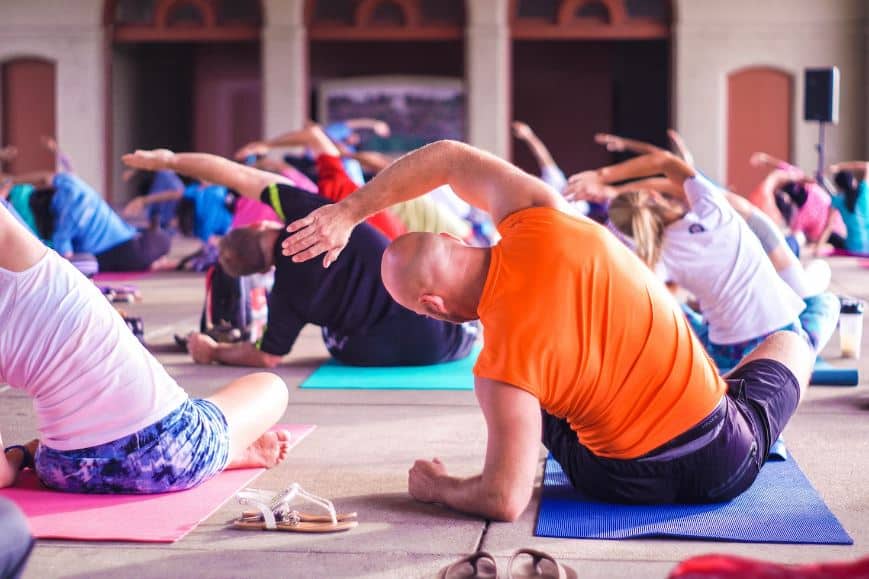About a month ago, I decided that I was going to try a spin class in Mexico City. I went on a hunt for a spin studio and found one right near the coworking space I work at. I looked through the website and the schedule, and everything looked great, yet I felt reluctant to sign up for a class.
Why?
Because it’s outside of my comfort zone. I don’t go to spin very often and I wasn’t sure what it would be like, especially in Spanish.
For a couple of weeks, I continued to return to the website and look at classes. Finally, I bought my first class. I still didn’t sign up, but I knew I would go because I now had a financial incentive.
The following week, I made time in my schedule to go and I finally booked the class.
As I made my way to the class, I felt SO nervous!
I arrived, and the staff immediately started to speak to me in English. When they found out it was my first class, they had me sign a waiver, asked me a bit about myself, and showed me around the facility. They walked me through how the class was going to go and made me feel very welcome there. All of my nerves quickly slipped away and I had an awesome class.
What does this have to do with being a great yoga teacher?
As I left the class, I thought about how silly it was that I was so stressed to try this spin class. I also started thinking about how this is what most people feel before a yoga class, and how, as a yoga teacher, it’s my responsibility to make sure that students feel comfortable and welcome in the space and the class.
How to make people feel comfortable coming to your classes:
1. Greet them by name, and if you don’t know a students name, find out what it is. This is especially important for new students – knowing their name can make all the difference in terms of how comfortable they feel.
2. Ask your students questions before and after class (if time allows). This is an amazing way to build rapport and make your students feel at home with you.
3. Walk new students through how things work at the studio, including where the bathrooms and change rooms are, when they can enter the room, and what they do when they get in there. You could also give them a heads up on what to expect during class.
4. Help new students get set up with any props that they may need, and give them extra care during the class (not too much though, you don’t want to make them feel uncomfortable!).
5. Make a call for feedback, thank your students for coming, and let them know that you hope to see them in a future class! For new students, you could make this a bit more personal and ask them one-on-one how they feel after class and if they have any questions.
As a teacher, it’s easy to forget what it’s like to be a new student and that feeling of entering a space that is foreign and uncomfortable. It’s always important to come back to that feeling of being a beginner and tune into how you can be open, welcoming, and help make your students feel at home.





0 Comments